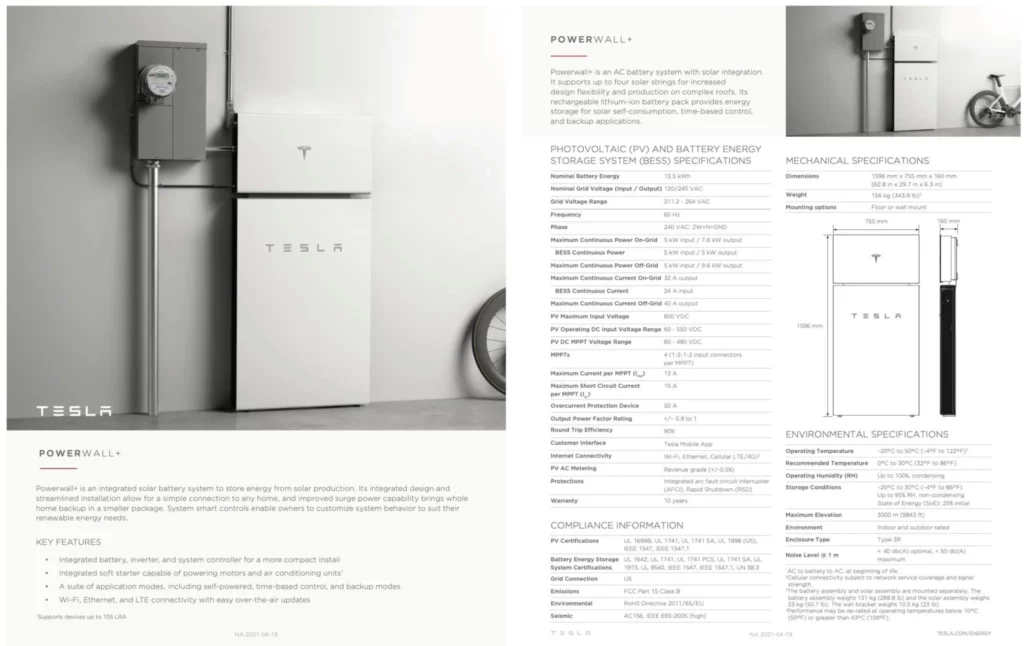Home Backup Battery Systems

OVERVIEW
Storage Batteries allow you to store the energy generated by your solar panels or from your utility grid for later use.
Most storage battery solutions also include solar production and energy consumption monitoring, combined with intelligent energy management features.
These features minimize the amount of energy drawn from the grid to reduce cost and shorten the payback period, as well as allowing your home to run on stored power at night and during grid outages.
BENEFITS
- Use solar-generated energy or grid energy during the time optimally suited to your utility rate plan to save money – especially if you are on the Time-of-Use rate plan.
- Use daytime solar-generated energy at night. For example, you can charge your EV at night from energy generated by your solar system during the daytime.
- Most utility companies do not provide credit or provide minimal credit for solar energy produced beyond your consumption and exported to the grid. With Storage Batteries, this excess energy can be stored and used later – essentially being credited at the utility’s retail rate.
- Use during emergencies such as blackouts or power outages.
- Go Off-Grid – Depending on your energy usage, it is possible to be completely independent of the grid.



Battery OPTIONS
LA Solar Group offers the Tesla Powerwall 2 and Enphase storage battery solutions.
The Powerwall 2 has an attractive exterior, allowing it to be mounted indoors and outdoors. It can be mounted on the wall or the ground and is an integrated solution that includes batteries, inverters, and software.
Powerwall 2 can store 13.5 kWh of energy and supply 5.8 kW of continuous power and 7.8 kW peak power. Similarly, Enphase 10 can supply 10 kWh and supply 3.8 kW continuous power or 5.7 kW peak power.
Although both storage battery solutions have a 10-year warranty, the Powerwall 2 includes unlimited Cycles. Enphase 10 provides 4000 Cycles at 100% depth of discharge for over 10 years. We also offer the Tesla Powerwall+.

DECISION FACTORS
The major factors include:
- Your Goals
- Usage pattern
- Storage System capacity
- Cost (now and in the future)
- Available incentives
- Electricity costs (now and in the future)
- Solar System size
- Warranty
- Payback period

